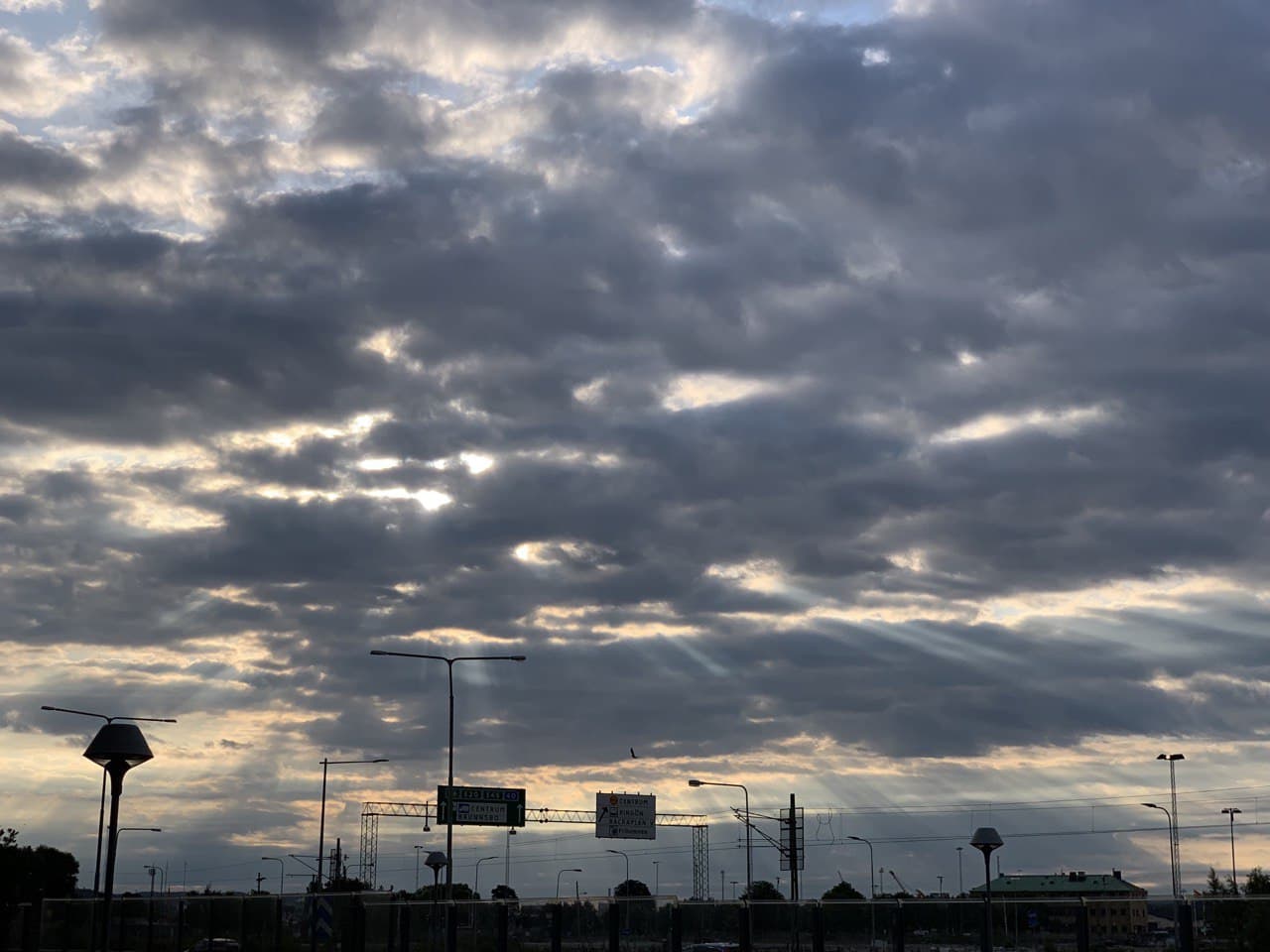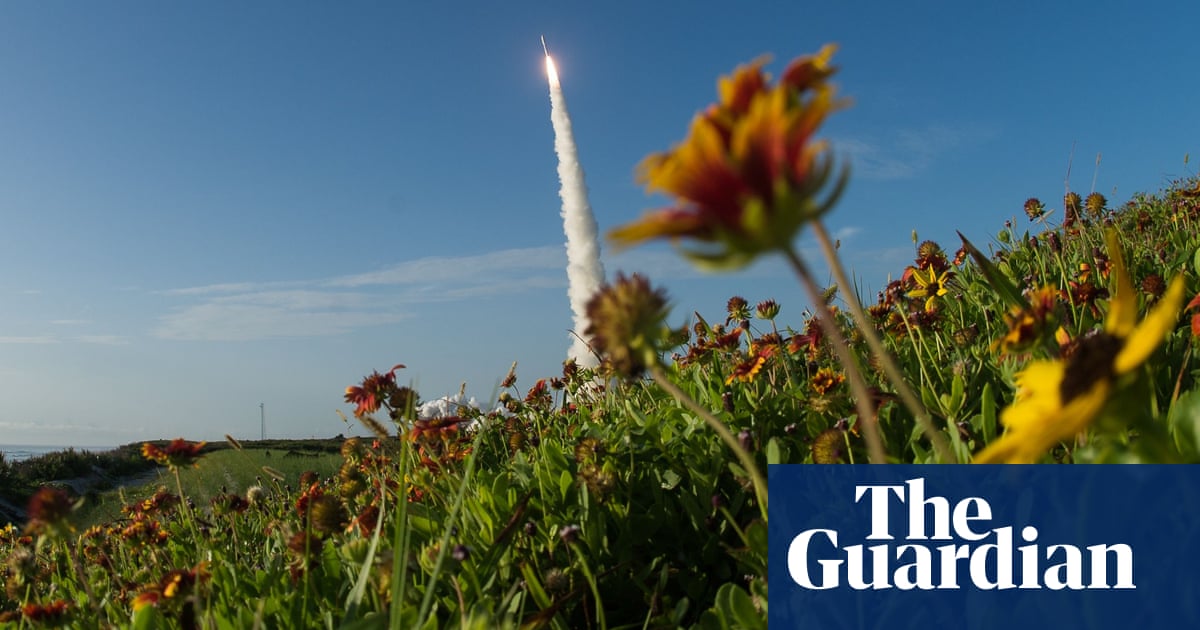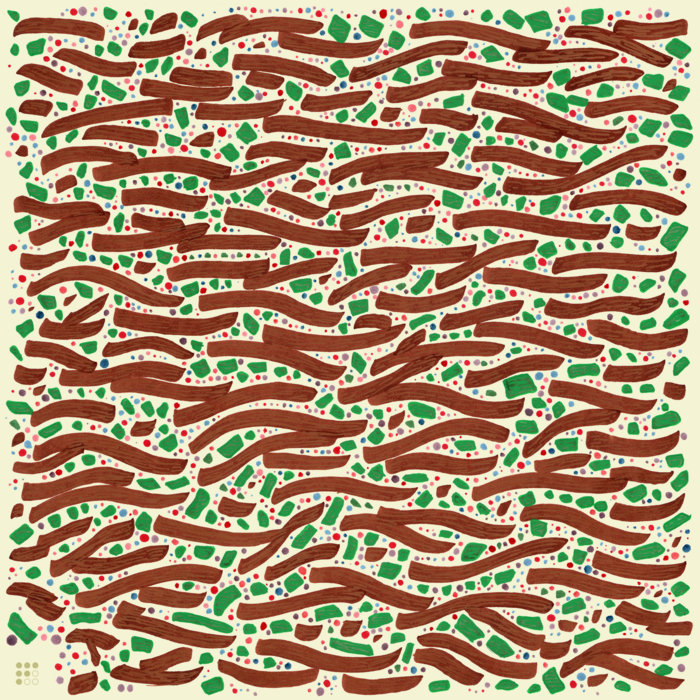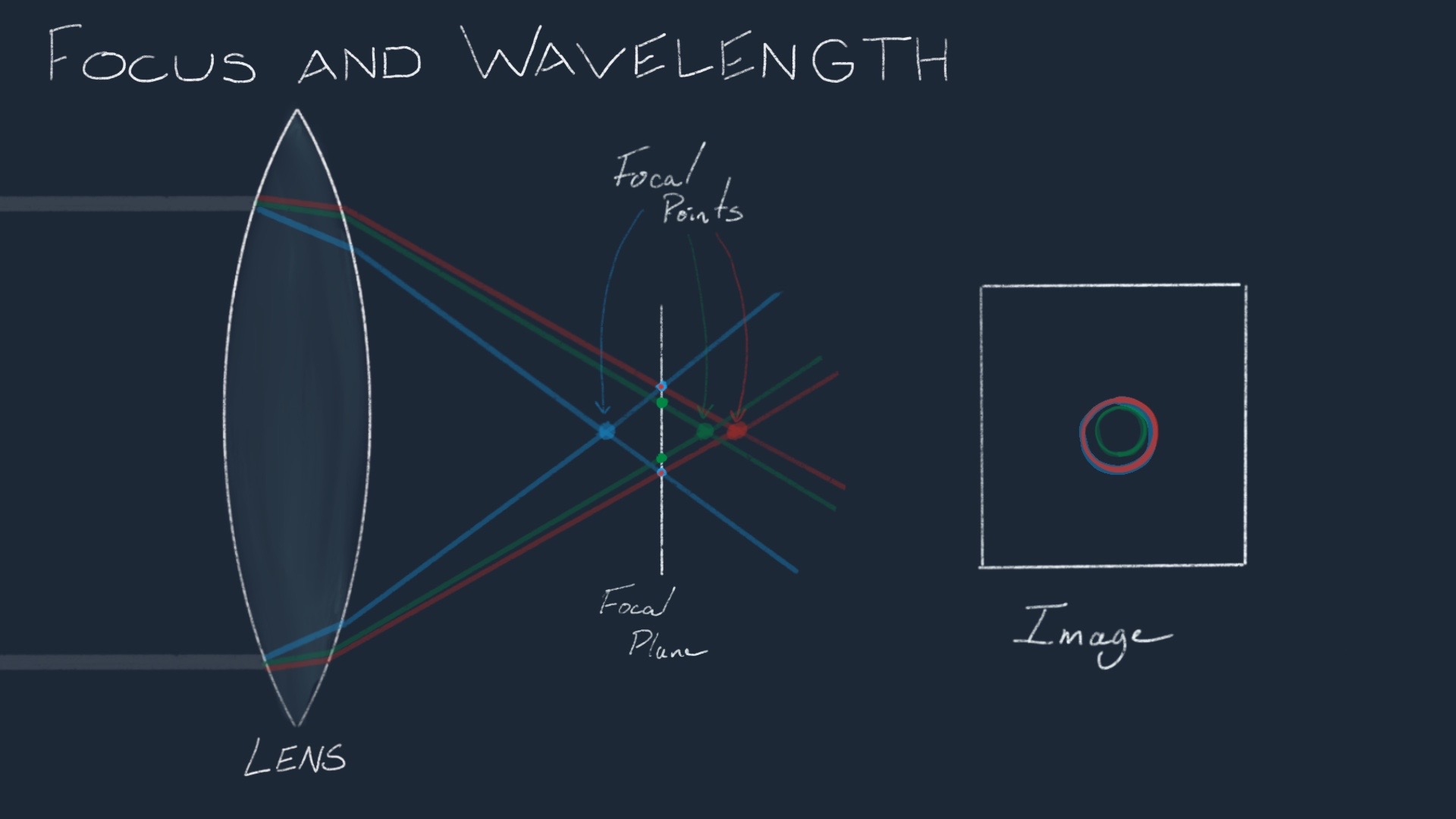Tenday Notes 11 Jul - 20 Jul 2021

Every ten days I share a quick digest of what I've been working on. Here's the latest. More in the series here. Want them in your inbox? Sign up.
In a couple of weeks I'll be leaving Gothenburg, my home for the last nine years. I'm moving down to Helsingborg, a town in southern Sweden close to Lund and Malmö, because my partner got a new job at the start of the year based down there and so we'll need to move sooner or later. Right now Covid-19 case statistics in Sweden are extremely low (not much delta variant here yet), so it seems like a good time. We've found an apartment, and will be moving on 2 August.
So I've spent the last few weeks trying to tick off some things I've been meaning to do in the city for years. First was visiting the tiny island of Vinga, which is home to three(!) lighthouses. We took a boat out last weekend, and got to see some seals along the way, which was thoroughly delightful.
Second was a walk along Gullbergsvass - the north-eastern bank of the Götaälv, which is currently home to a ship graveyard but will be dramatically redeveloped in the coming years. It's nice to see things before they go, mostly so you can tell the youngsters "I remember when all this was just industrial estate".
Before I leave, I'd like to pay a visit to the Aeroseum, which is housed in a Cold War bunker and apparently well worth a visit for the atmosphere alone, and get in one last trip to Maritiman, which is, er, another ship graveyard. But one with a battleship and a submarine in it! I had no idea I was so obsessed with ship graveyards but there you go.
I'll talk more about Helsingborg in due course, but I've absolutely loved living in Gothenburg for the best part of a decade. It's a wonderful city, the perfect size, filled with friendly people and loads going on. If anyone reading this, now or in the future, is considering it as their new home then I can heartily recommend it.
Need to make a box? Here's a page with templates for folding paper into any kind of box you can imagine.

Prefer to use LASERS to make your boxes? Enter boxes.py, an open source box generator that lets you generate patterns for boxes that hold post-it notes, coffee capsules, spices, and even hearts.
Another episode of my data sonification podcast Loud Numbers has been released. This one is a history of the European Union, it's called "A Symphony of Bureaucracy".
In this episode, my co-host Miriam Quick and I took a database of all the laws ever passed by the EU, or any of its precursor bodies (a whopping 142,036 of them, from 1952 to 2019), and used them as the foundation for a fugue - a complex musical form that features several interweaving melodies.
Two bars of music are equal to one year of data. When few laws are being made, there are few melodic lines and vice versa. It’s a simple data mapping, but the result is far from simple.
The subject of the fugue? You’ll recognise it as the first part of the European Anthem - Beethoven’s “Ode to Joy”, as arranged by Wendy Carlos in the soundtrack of Kubrick’s “A Clockwork Orange”. Our choice of retro synth sounds is a nod to Carlos, whose 1968 album "Switched On Bach" featured music by Johann Sebastian Bach performed on Moog synthesizers. It paved the way for the widespread acceptance of electronic music. Loud Numbers might not have existed without it.
If you have handy access to an orchestra (a small one would do, you only need eight voices), then here’s the full score for the piece. We’d love to see it being played live!
In two weeks we’ll release our final instalment - The End of the Road. Look out for that on 2 August.
My favourite note-taking app, Obsidian, now offers native mobile apps and they're pretty nice.

Over the last few years there's been a bit of a revolution in personal knowledge-base apps. I've tried out a bunch of them, and my favourite by far is Obsidian. It's lightning-fast, uses open standards (so you can very easily get your notes out in the future if you want to), mostly free (you can pay to upgrade for specific services) and just honestly a joy to use.
The only drawback until recently was that you had to use third-party apps on mobile devices, but that's no longer true. Obsidian now has fully-featured native mobile apps for iOS and Android.
They're not perfect yet. On iOS, at least, you have to use either iCloud or Obsidian's own paid service to sync your notes between devices for boring technical reasons. I use Dropbox for most of my file syncing (though I increasingly dislike it) so I chose to pay for Obisidian's sync offering to get my notes to my phone. This leaves me in the slightly awkward situation where I'm syncing from my Macbook to my phone with Obsidian sync, and to my PC with Dropbox. But it seems to work.
While I was springing for sync, I also invested in Obsidian Publish, which I want to use for publishing the dataviz pattern language that I'm working on for my membership programme. I'll let you know how happy I am with that in due course.
In case you need some tips on doing... well... all kinds of things, here's a delightful online tutorial video supercut.
Over the last few years I've been doing long-term planning and strategic life planning using the Cadence system. In it, you imagine an ideal moment (a "cadence") far in the future and then think about the steps necessary to get you there. As part of the system, every 100 days I spent half a day on a strategic review where I check in with where I'm at on various different goals, and update those goals if necessary. It works well for me.
Anyway, my latest review was on 12 July, and it felt like a bit of a turning point. As part of the review process, you're supposed to consult with an "ideal self" but I've struggled a bit in the past to figure out what that means. Now, however, I think I've got a much clearer picture of who my ideal self is - and I've been able to add a lot more detail to my "ideal moment" as a result, as well as codifying a bunch of rules that I want to try to live by.
I won't share too many details of my cadence and ideal self here, as it's all supposed to be private, but I thought it might be interesting to share a three of the rules I've added to my collection this time, in case they're useful to others:
- Finish things so you can start new things. I added this to remind myself that if a project doesn't have a tangible end then at some point you're going to have to either decide to intentionally end it or you'll just quietly and unintentionally stop doing it, either of which will induce guilt and make you feel like a failure.
- Spend more time reading books than the news. One of the surest signs that I'm suffering from a bout of poor mental health is that I find myself spending a lot of time scrolling through my phone - usually Twitter or the Guardian website. Neither are conducive to improving that mental health and often make it worse. So I hope that by imposing a rule here I can ward off that vicious cycle.
- Low fixed costs means the freedom to work on things that might not pay off financially. I'm lucky to be in a situation, through a mixture of life choices, hard work, and a lot of privilege, where I don't have very high fixed costs. This allows me a lot more freedom when I'm choosing what to work on, because I don't need to bring as much money in to stay afloat. I like this freedom. So I'm adding this rule mostly a warning to myself not to change that situation in the future without good reason.
I've long been a fan of the writing of Geoff Manaugh and Nicola Twilley, and they've just published an excerpt from their new book about the history of quarantine in the Guardian's Long Reads column.

It's about the importance of "planetary quarantine" - not letting Earth's organisms hitch a ride on our missions to other planets. It's a great up-close-and-personal guide to the extreme measures that space scientists go to to prevent the pollution of other planets.
Here's a favourite bit:
The likelihood that Earth life could survive on a particular solar system body was even harder to pin down. Somewhat arbitrarily, Cospar recommended that, for planets of biological interest, the total acceptable risk be kept to no more than a one in 1,000 chance of seeding another planet with terrestrial life in the course of exploring it. In the end, “acceptable” simply meant a figure that was the best engineers could achieve without breaking the budgets of member states’ space agencies. The total risk – a 0.1% chance of contamination – was then divided up among the spacefaring nations, with the US, as one of just two spacefaring superpowers, receiving nearly half of the total allocation.
Once astronauts get involved, though, all bets are off. Cospar’s framework is intended to cover only the short window of time during which a planet remains uncontaminated (and thus alien) enough to be of “biological interest”. Originally, this period was set at an optimistic 20 years – in the heady days of the space race, scientists estimated that, for example, dozens of missions to Mars would take place during that time, allowing its indigenous biology to be thoroughly understood. It has since been extended.
Jewelry created from the most obscure parts of the unicode library? Yes please.

Spotted on Reddit - a photo of a Tibetan woman holding a bunch of flowers.

Except they're not flowers. They're power supplies used for cryptocurrency mining. Welcome to 2021.
A delightfully readable explanation of what we know about the Big Bang and how we know it.
If we extrapolate, winding Einstein’s equations back all the way, we reach a singularity: the whole universe, according to those equations, would have emerged from a single point, a time when everything was zero distance from everything else. This assumes, though, that Einstein’s equations keep working all the way back that far. That’s probably wrong.
Einstein’s equations don’t include the effect of quantum mechanics, which should be much more important when the universe is at its hottest and densest. We don’t have a complete theory of quantum gravity yet (at least, not one that can model this), so we can’t be certain how to correct these equations. But in general, quantum theories tend to “fuzz out” singularities, spreading out a single point over a wider area. So it’s likely that the universe didn’t actually come from just a single point, and our various incomplete theories of quantum gravity tend to back this up.
Looking for something nice to listen to? Midcentury Modular's new album "noncompetitive music" is a lovely blend of weird bleeps and bloops, and field recordings. Each track is more of a soundscape than a song, and certainly no worse for it.

Finally, did you know it's impossible to focus on the colour blue? This is a phenomenon called chromatic abberation.

Red and green are what give your vision its sharpness, but blue is generally a blur, a fact which your brain happily just ignores and works around.
Fun fact: This is why you will sometimes see people in highly visually-demanding sports wearing yellow-tinted glasses. The yellow lenses block the blue light so there is no chromatic aberration.
The article includes some fantastic examples as proof that are well worth checking out, even if you don't read the whole thing.
See you in ten days, when I'll be enjoying my last days in Gothenburg.




